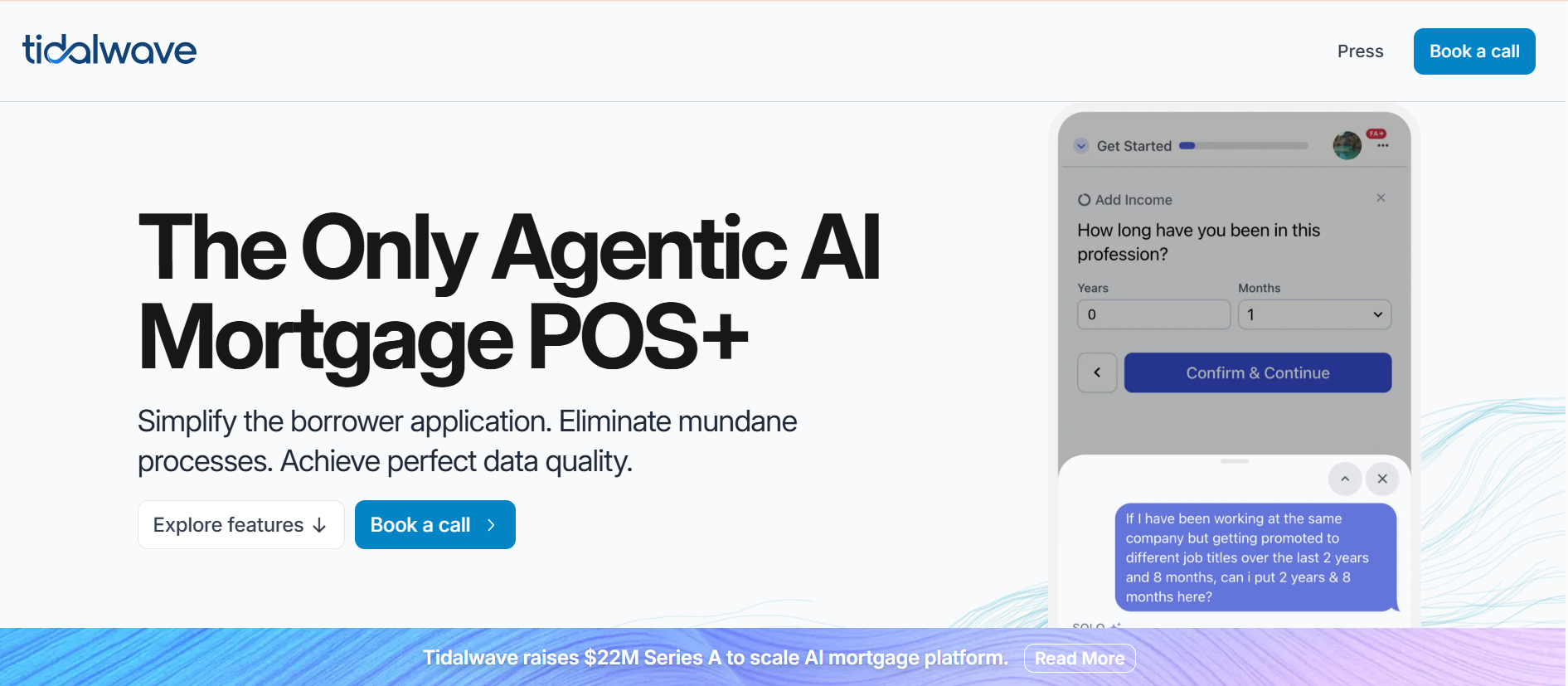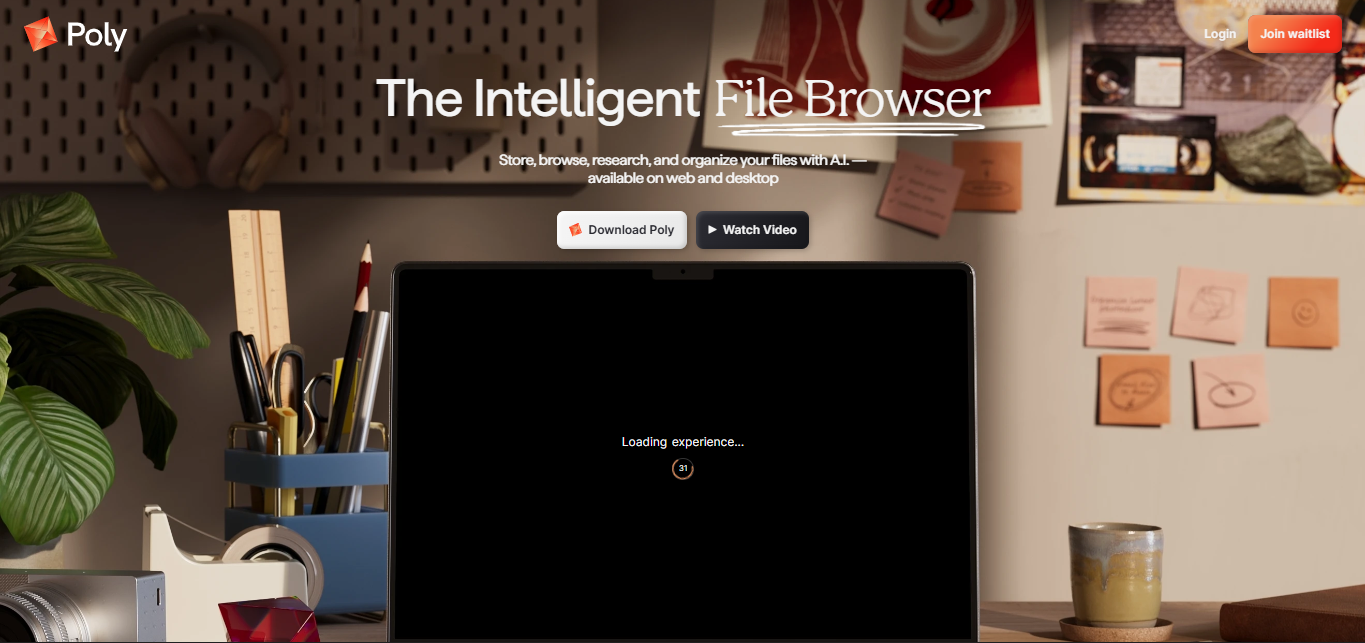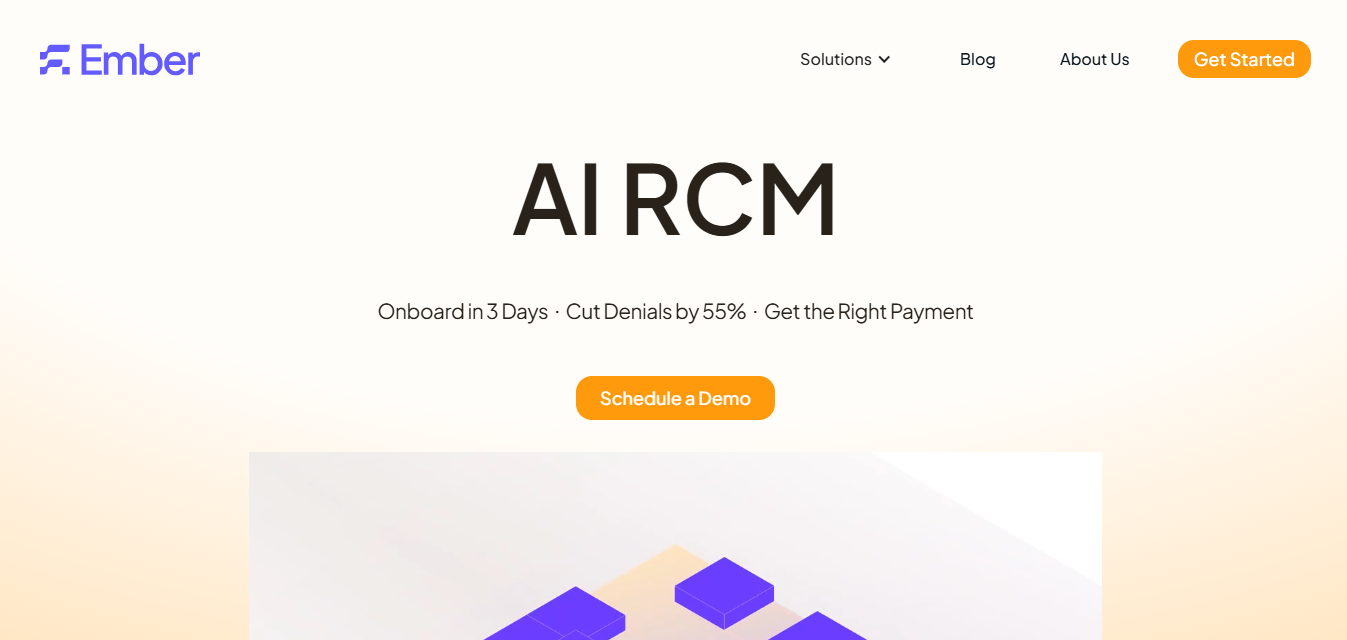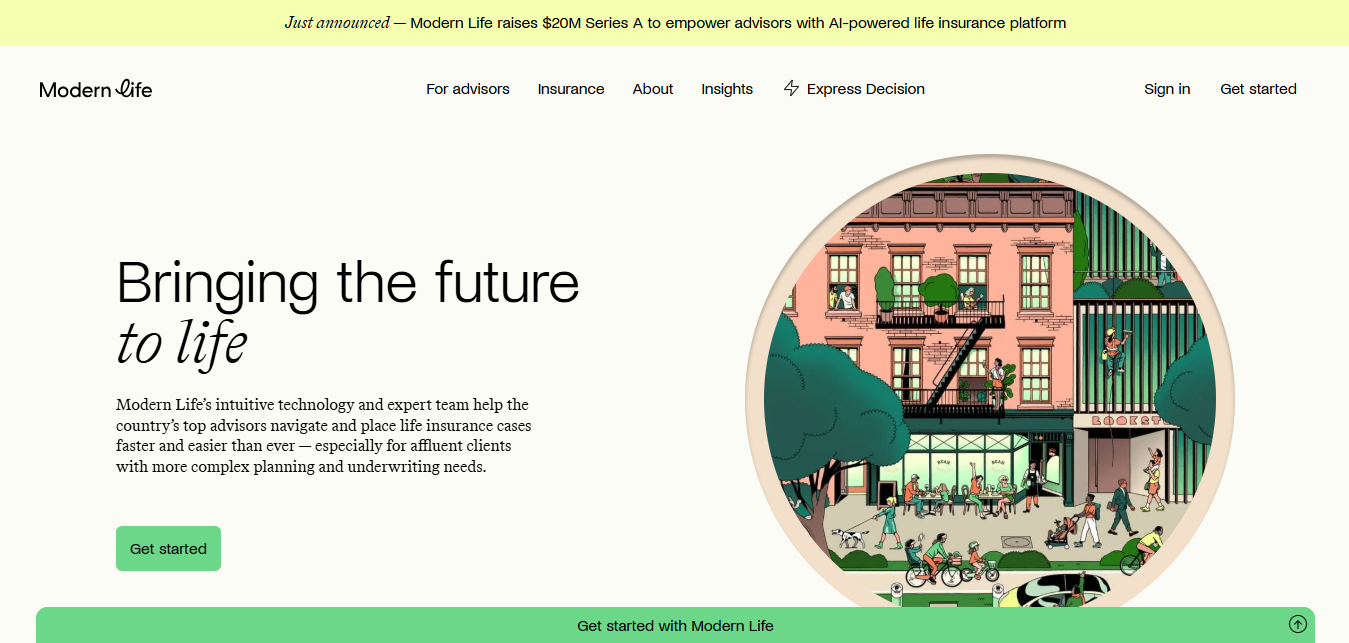Noxilizer Raises $30M to Redefine Sterilization in the Medical Device Industry
September 16, 2025
byFenoms Start-Ups
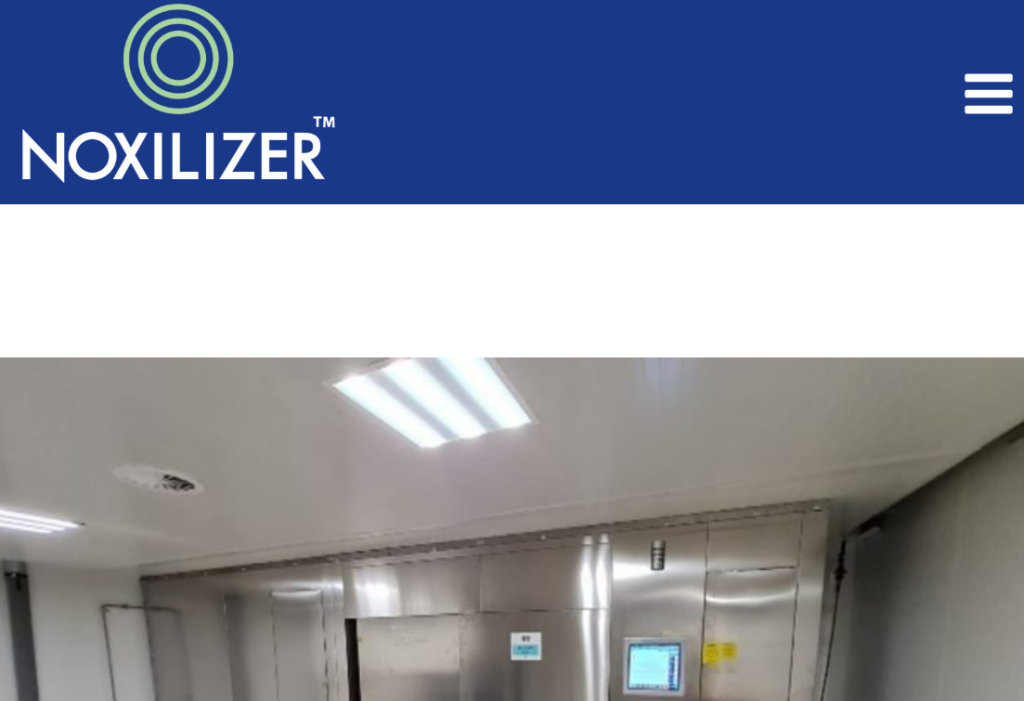
In the medical device industry, innovation often lies not just in the devices themselves, but in the invisible processes that safeguard their safety and reliability. One such process - sterilization - is a critical step that ensures every product entering an operating room or healthcare setting is safe for use. Now, with a $30 million funding round led by NewVale Capital, Noxilizer, Inc. is reimagining this essential function through its ultra-low temperature nitrogen dioxide sterilization technology.
Headquartered in Hanover, Maryland, Noxilizer has developed a platform that operates at temperatures between 10°C and 30°C, offering pharmaceutical, biotech, and medical device manufacturers an alternative to traditional sterilization methods. Alongside equipment sales, the company also provides contract sterilization services through its Baltimore facilities - giving clients a full-service partner in bringing safer, faster, and more cost-efficient sterilization to market.
Why Noxilizer’s Technology Matters
Traditional sterilization methods - such as ethylene oxide (EtO), gamma radiation, or steam - are deeply entrenched in medical manufacturing. But each comes with significant drawbacks: EtO is under intense regulatory scrutiny due to environmental and health risks, gamma radiation requires costly and limited infrastructure, and steam can damage sensitive devices.
Noxilizer’s nitrogen dioxide (NO₂) sterilization technology addresses these pain points head-on:
- Ultra-low temperature range (10°C to 30°C): Safe for heat-sensitive medical devices.
- Faster cycles: Enables rapid turnaround and reduces supply chain bottlenecks.
- Eco-friendly: Avoids harmful emissions tied to EtO sterilization.
- Flexibility: Works with both complex device geometries and delicate materials.
By combining speed, safety, and sustainability, Noxilizer is positioning itself as the future backbone of sterilization in healthcare manufacturing.
The Leadership Behind the Vision
At the helm is Christopher Thatcher, a seasoned executive whose career spans decades of leading medical device and life sciences companies. Thatcher has overseen the commercialization of Class I, II, and III devices and orchestrated turnarounds that converted venture funding and IPO proceeds into revenue growth and EBITDA expansion.
His ability to straddle the science, business, and operational aspects of life sciences makes him uniquely qualified to guide Noxilizer into its next phase of growth. And with this new capital injection, Thatcher’s focus will likely include scaling operations, expanding partnerships, and positioning Noxilizer as a global sterilization partner.
Where Founders Can Take Notes
Here’s where an insight founders often overlook becomes clear: a hidden moat doesn’t always lie in the technology itself, but in mastering the transition point where entrenched legacy systems meet regulatory pressure.
For Noxilizer, the edge isn’t just that its sterilization method is innovative - it’s that traditional EtO sterilization is under unprecedented regulatory and public scrutiny. By aligning innovation with inevitability (in this case, the eventual decline of EtO), the company ensures demand is already seeded in the market before mass adoption.
This is a strategy that startup founders across industries can replicate:
- Track the weak points of legacy incumbents. Every industry has outdated processes struggling under new compliance, cost, or scalability pressures.
- Build not just a “better” alternative, but one positioned as the natural successor. Timing your entry with shifting regulatory or societal expectations amplifies adoption speed.
- Make the cost of not adopting your solution higher than the cost of switching. In Noxilizer’s case, manufacturers that fail to evolve may soon face compliance risks, supply delays, or reputational harm.
This insight is critical because it demonstrates how startups can engineer inevitability into their growth story, reducing the risk of stagnation in industries slow to change.
Industry Outlook: The Future of Sterilization
The sterilization market is undergoing a tectonic shift. According to MarketsandMarkets, the global sterilization services market is projected to grow from $4.5 billion in 2022 to over $6.5 billion by 2027, driven by rising healthcare demand, regulatory pressures on EtO, and the expansion of single-use and minimally invasive devices.
A few key trends highlight why Noxilizer is well-positioned:
- Regulatory push against EtO: The U.S. Environmental Protection Agency (EPA) has tightened emissions rules, pressuring manufacturers to seek safer alternatives.
- Rise of minimally invasive devices: These devices often cannot withstand heat sterilization, making low-temperature methods crucial.
- Global supply chain resilience: Faster sterilization cycles help manufacturers mitigate disruptions and meet growing demand.
- Sustainability mandates: Hospitals and governments are increasingly prioritizing eco-friendly practices, adding pressure to phase out high-emission methods.
With its ability to handle delicate materials, deliver faster cycles, and reduce environmental risks, Noxilizer is more than just another sterilization provider - it’s at the forefront of reshaping compliance and sustainability in healthcare manufacturing.
The Bigger Picture
Medical device manufacturing is one of the most tightly regulated and complex industries in the world. Every advancement, whether in device design or supporting processes, must clear the high bar of regulatory scrutiny while maintaining cost efficiency and scalability. In this context, Noxilizer’s $30 million funding round is not simply about expanding its technology - it’s about securing the trust of manufacturers and regulators alike.
By aligning innovation with necessity, the company is showing how startups in highly conservative industries can succeed: by making change not just preferable, but unavoidable.

